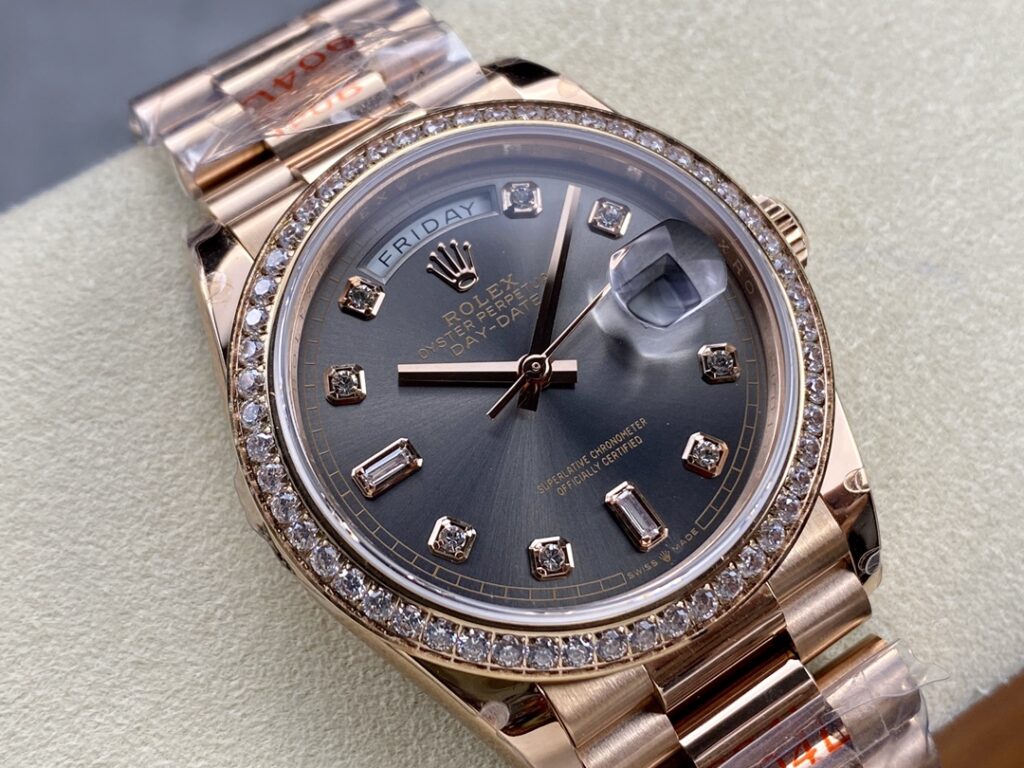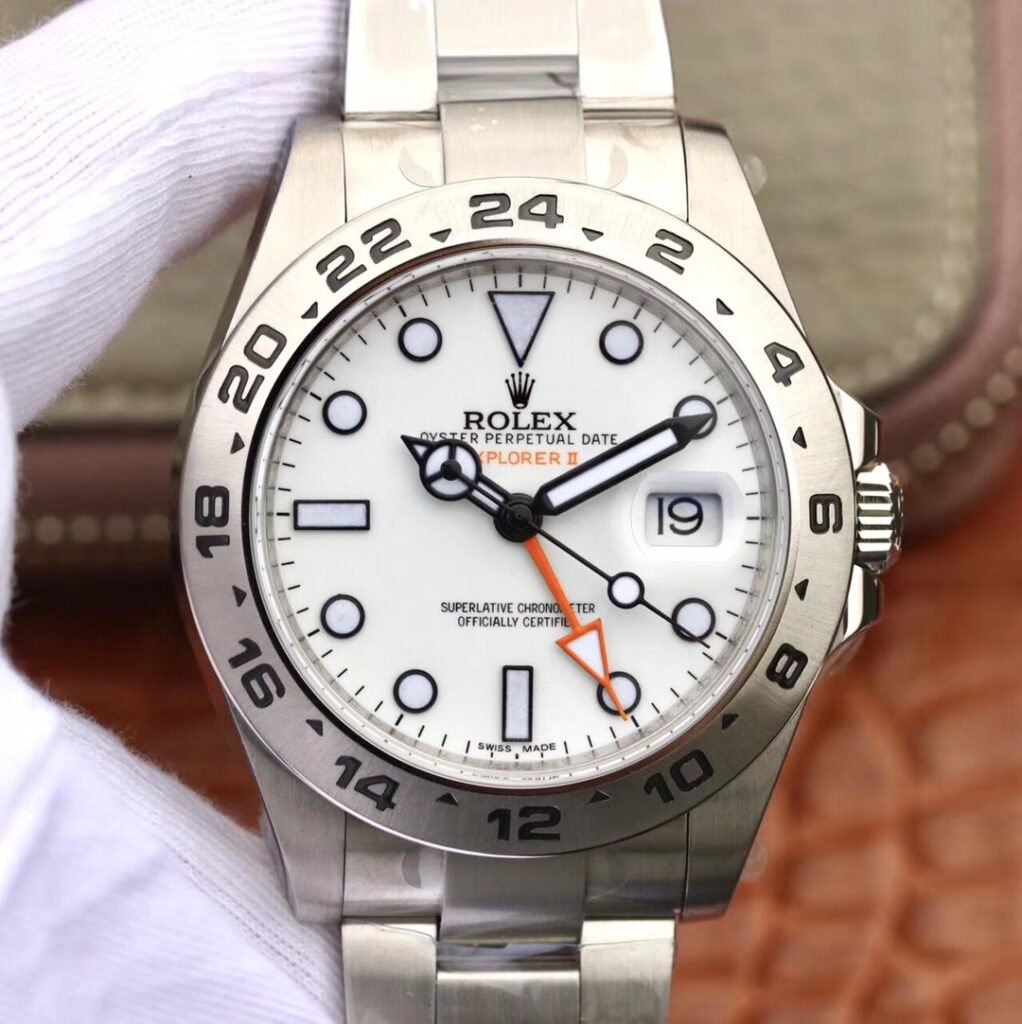As the world’s leading watch brand, fake Rolex boasts numerous iconic models known for their exceptional quality. However, this popularity also makes Rolex the most counterfeited watch brand globally. Unlike the easily identifiable knock-offs of the past, modern fake Rolex watches can be much more convincing.

To avoid purchasing a counterfeit Rolex, you’ll need more than the basic tips like ensuring the seconds hand sweeps instead of ticks (except for the Oysterquartz). I consulted Mike Manjos, Chief Sales Officer at The 1916 Company – a leading used watch retailer with decades of experience buying and selling replica Rolex watches – for expert advice.
Manjos recalls the past popularity of $1,850 two-tone Datejusts, stating, “It was like selling candy.” While the market has evolved, here are Manjos’s key tips to ensure your Rolex investment is authentic.
Inspect the Watch in Person
Buying a watch online without seeing it in person is risky. If you’re shopping and find a Rolex that interests you, examining it physically is crucial, especially for modern models.
Manjos explains, “A two-year-old Submariner in your hand is a good indicator of authenticity. The quality and feel that Rolex provides are unmatched.” Handling a genuine Rolex is often enough to confirm its authenticity.
Scrutinize Neo-Vintage Models
Authenticating watches from the transition period (late 1970s to 1990s) between vintage and modern Rolex models can be challenging. These “neo-vintage” watches might seem fake compared to modern ones but could still be genuine.
Manjos notes, “Different standards and materials were used 25 to 30 years ago. People sometimes mistake lighter models for fakes, not realizing that early ’80s Rolexes didn’t have the heavy, solid links or refined finishes of today.”
Check for Replacement Parts
Determining if a watch is entirely original is critical, as some genuine Rolex watches may have had parts replaced – authentic or not. This requires a keen eye for detail.
Ensure consistent color and wear across the indices, hands, and other parts. A faded dial with new-looking hands, or mismatched fading, can indicate replacements. Manjos advises, “A faded bezel dot might have been replaced, but that’s not necessarily a red flag. Original parts add value, but disclosure is key.”

Assess Wear and Tear
Evaluate whether wear and tear are consistent across the watch. Polished watches with buffed scratches often have less value than untouched pieces, as modern buyers prefer original conditions.
Manjos suggests, “Ensure the clone watch shows uniform wear. If the bracelet looks untouched while the case is heavily scratched, something is amiss.”
Choose a Reputable Seller
The most crucial tip is to “buy the seller before the watch.” Purchasing from a trusted source is the best defense against scams. Rolex’s Certified Pre-Owned (CPO) program, which includes a two-year warranty, offers an excellent way to ensure authenticity.
Manjos emphasizes, “Caution is vital. Deal with reputable sellers who provide written guarantees, serial numbers on receipts, and a history of reliable service. Trust your instincts and thoroughly vet the seller.”